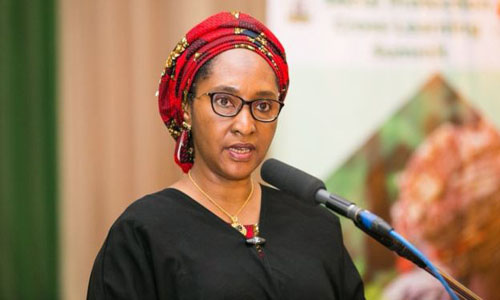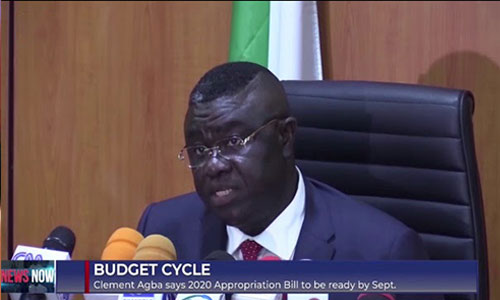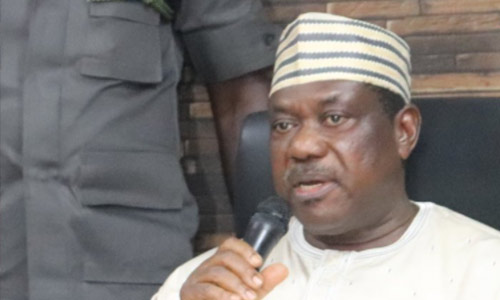THE EXECUTIVE 13/10/2022
Nigeria Seeks Debt Restructuring from IMF, World Bank

The Minister of Finance, Budget and National Planning, Mrs. Zainab Ahmed yesterday disclosed that the Nigerian government was in talks with the International Monetary Fund (IMF) and the World Bank to restructure the country’s debts.
The minister also revealed that the country was considering tapping from the IMF’s newly created Food Shock Window, that allows member-countries to access emergency financing instruments. The new window would be available for a year to provide additional access to emergency financing for countries facing urgent balance-of-payment need related to the global food crisis.
Speaking on the sidelines of the ongoing IMF/ World Bank annual meetings in Washington D.C, Ahmed said: “It is a fact that Nigeria’s debt has increased over the last three to four years and this increase in debt was occasioned by the different kind of exogenous shocks that the country faced which is not unique to Nigeria.
“The situation we have by our 2023 projection is that we will be needing to use about 65 per cent of our revenue to service debt. Unfortunately, the cost of debt service is rising because of the rising interest rate globally which is resulting also in higher debt service costs.
“But our projection from the debt sustainability analysis is that Nigeria is able to cope with its debt service in 2022 as well as in 2023. We have been engaging financial institutions to look at the opportunity to restructure our debt to further stretch the debt service period to give us more fiscal relief. Those are some of the things we want to achieve in this meeting.”
Furthermore, she said the country was considering borrowing from the recent window created by the IMF for countries facing urgent balance-of-payment need related to the global food crisis.
She explained: “The last drawing we had from the IMF was the second round of Special Drawing Right (SDR) that was provided for all the member countries of the IMF.
“The IMF recently offered a food security package that countries can draw and it is equivalent to about 50 per cent of their SDRs. We have not taken a decision to draw on that, we have to examine what are the requirements to see if it will be safe for us to draw because we don’t want to be drawn into an IMF program and as it is, we are studying the terms and conditions.
“If they work for us, we will now decide to take it because the funds can certainly be useful in terms of adding to our reserves and also in terms of helping us to cope with the challenges that the country is facing especially as the floods that have been happening right now in the country is going to cause more stress on our food system.
“We realise that the floods that are happening are currently destroying crops and therefore the harvest that is expected will be much less and it will mean that more of our people will struggle to be able to afford food.”
Commenting on the 2023 Appropriation Bill that was presented by the president last week, the minister said the plan in the Medium Term Economic Framework (MTEF) for 2023 to 2025 and the 2023 budget scaled down on the subsidy that the government has to carry.
According to her, the projection was that, “we should be able to exit subsidy by the middle of next year and at the same time we have to be able to provide more support to the poor and the vulnerable in our society especially as vulnerability is increasing and will increase as a result of the climate change that we are beginning to see in the country.”
She added: “We took all of these into account in designing the MTEF and the budget. We have been very pessimistic in our projections. For example, the oil price that we fixed was at $70 and everybody is asking why we are we staying at $70 when the prices are averaging $90?
“So those are some of the safeguards that we have put in because we do have production problems, but we are beginning to see some uptick in the production numbers and we hope that by the end of the year, we would be able to circle back to the production benchmark as provided for in the budget.”
She also said the country was targeting a 3.7 per cent growth for 2023.
“On the borrowing side, it means that we are having to use more of our naira to pay debts that are dollar-denominated and as the dollar strengthens and the interest rate goes up globally, it affects us so we ended up having to use more of our revenues to pay the debt,” she added.



